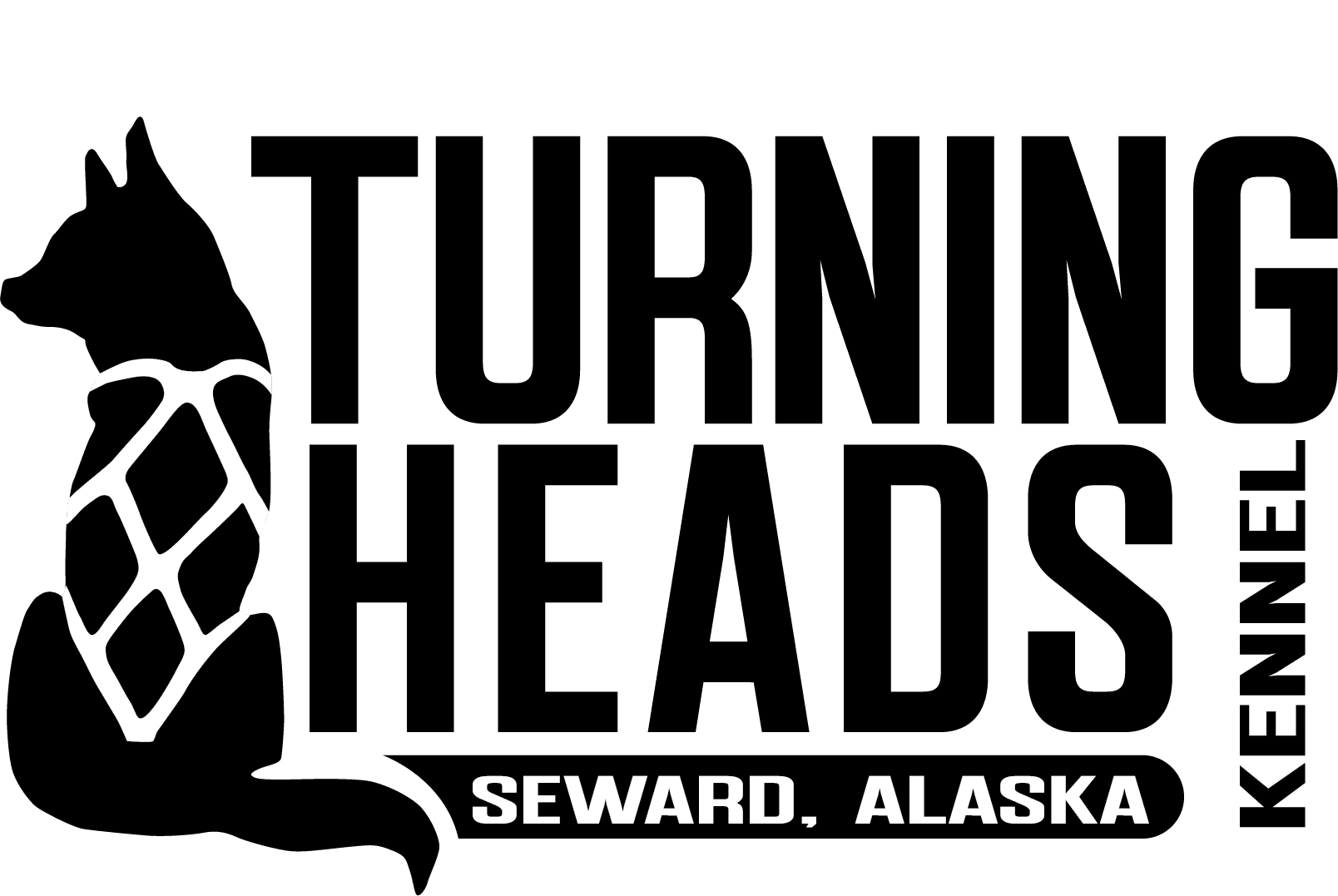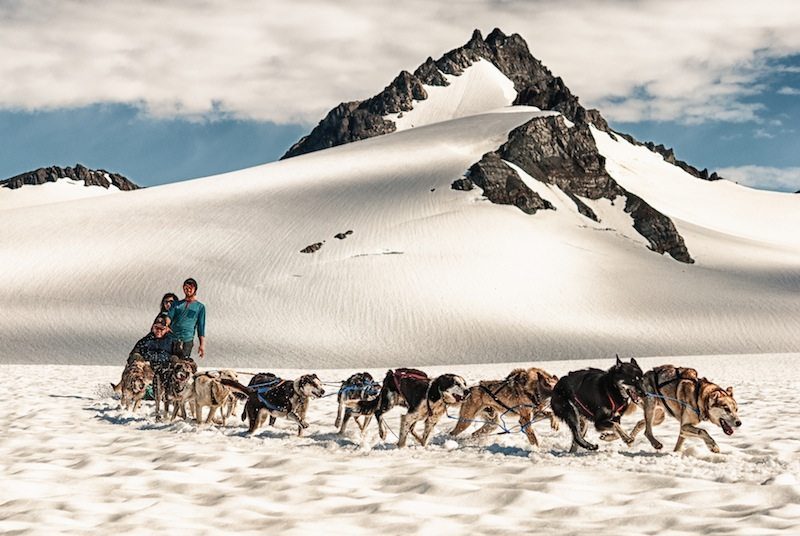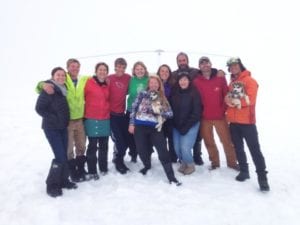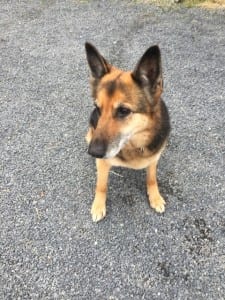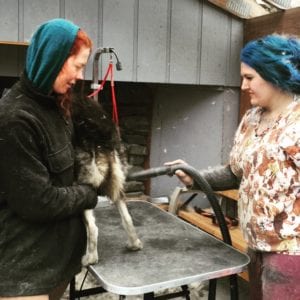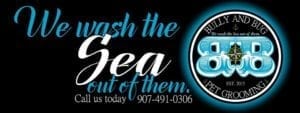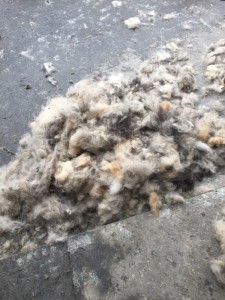Handsome is, well, handsome. He is a very beautiful dog who likes to remain aloof. He is not a fan of people and has taken his time in warming up to both Travis and I — though he has made himself right at home with his teammates. When not running, Handsome enjoys playing with other dogs.
Despite his timidness, Handsome began training this winter as a lead dog alongside Wrangler. Although he may act like the Cowardly Lion around us in the kennel, on the trail he is anything but!
Handsome is a an all-star dog who we are excited to watch develop over the next year. This year, a last minute injury kept him off of our Iditarod team. We expect, however, that he will be one of the 16 strong next year!
